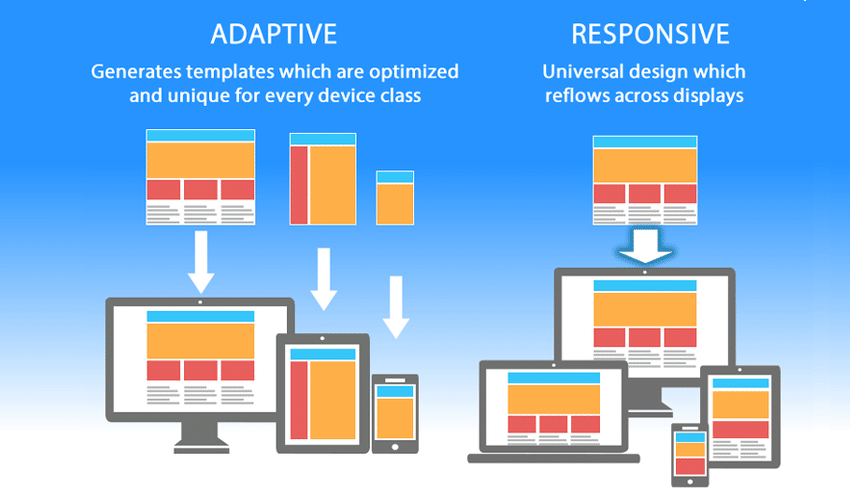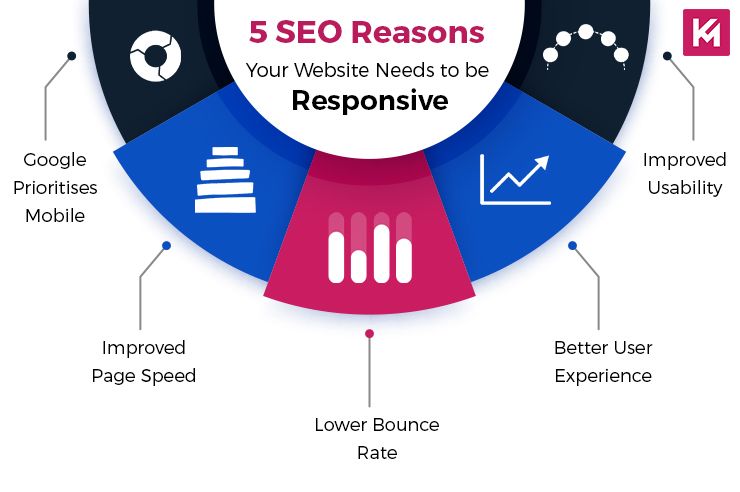Top Mistakes to Avoid in Responsive Web Design
In today’s digital age, having a responsive website is essential for any business looking to reach a wider audience. Responsive web design ensures that your website looks great and functions flawlessly on all devices, from desktop computers to smartphones and tablets. However, many businesses make common mistakes when it comes to implementing responsive design. In this article, we will discuss some of the top mistakes to avoid in responsive web design.
1. Ignoring Mobile Users
One of the biggest mistakes in responsive web design is ignoring the needs of mobile users. With the increasing number of people accessing websites on their smartphones, it’s crucial to prioritize mobile responsiveness. Make sure your website is optimized for mobile devices by using a mobile-first approach and testing your site on various devices to ensure a seamless user experience.
2. Not Testing Across Different Devices
Another common mistake in responsive web design is not testing your website across different devices. Just because your site looks good on your desktop computer doesn’t mean it will look the same on a smartphone or tablet. Make sure to test your website on various devices and screen sizes to identify any issues and make necessary adjustments.
3. Overloading Your Website with Content
While it’s important to provide valuable content to your users, overloading your website with content can negatively impact its performance and usability, especially on mobile devices. Avoid cluttering your website with unnecessary elements and focus on delivering a clean and streamlined user experience.
4. Neglecting Loading Speed
Responsive web design is not just about how your website looks on different devices but also about how fast it loads. Slow loading times can frustrate users and lead to a high bounce rate. Ensure your website is optimized for speed by compressing images, minifying CSS and JavaScript files, and utilizing caching techniques.
5. Ignoring SEO Best Practices
Search engine optimization (SEO) plays a crucial role in driving organic traffic to your website. Ignoring SEO best practices in responsive web design can hurt your site’s visibility in search engine results. Make sure your website is optimized for SEO by using relevant keywords, creating high-quality content, and implementing proper meta tags.
6. Not Prioritizing User Experience
At the core of responsive web design is providing a positive user experience across all devices. Neglecting user experience can result in a high bounce rate and lower conversion rates. Prioritize user experience by making your website easy to navigate, ensuring fast loading times, and optimizing for touchscreens on mobile devices.
7. Forgetting to Update Your Website Regularly
Finally, one of the biggest mistakes in responsive web design is forgetting to update your website regularly. Outdated content and design can make your site appear unprofessional and deter users from returning. Stay on top of updates by regularly adding new content, refreshing your design, and fixing any bugs or issues.
By avoiding these common mistakes in responsive web design, you can ensure that your website delivers a seamless and engaging user experience across all devices. Prioritize mobile responsiveness, test your website on different devices, optimize for speed and SEO, and prioritize user experience to create a successful responsive website that attracts and retains visitors.


